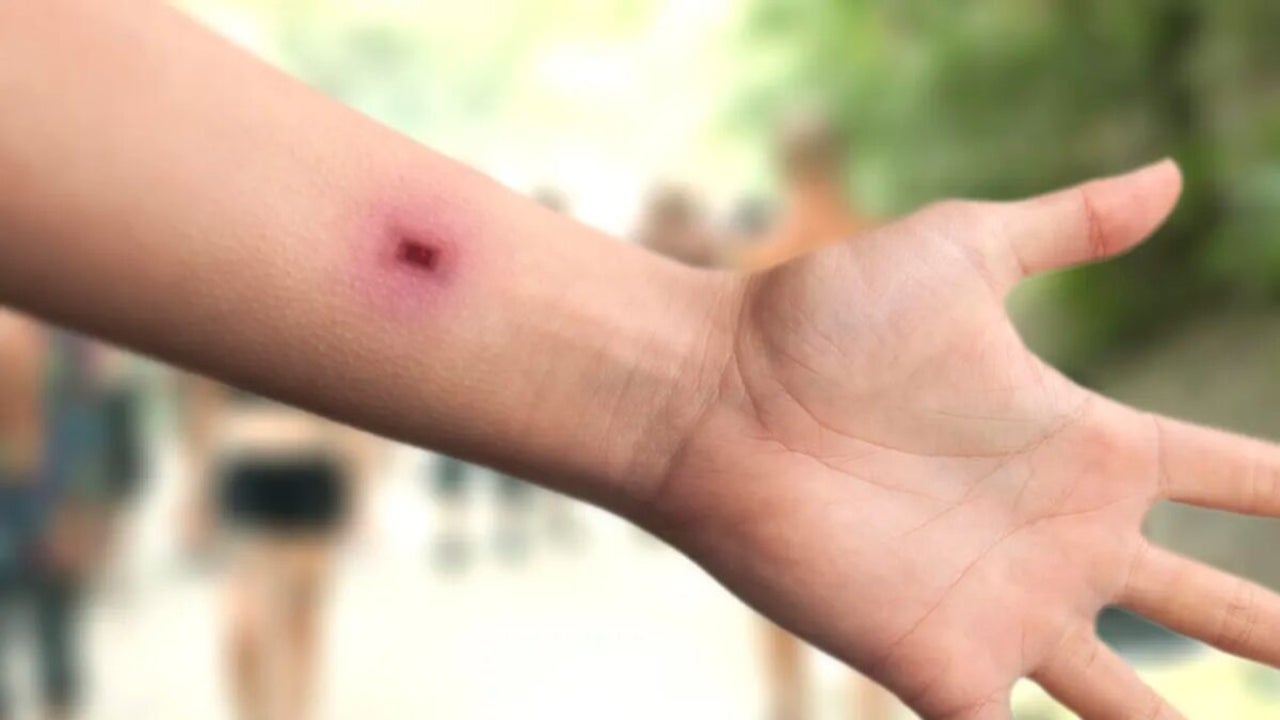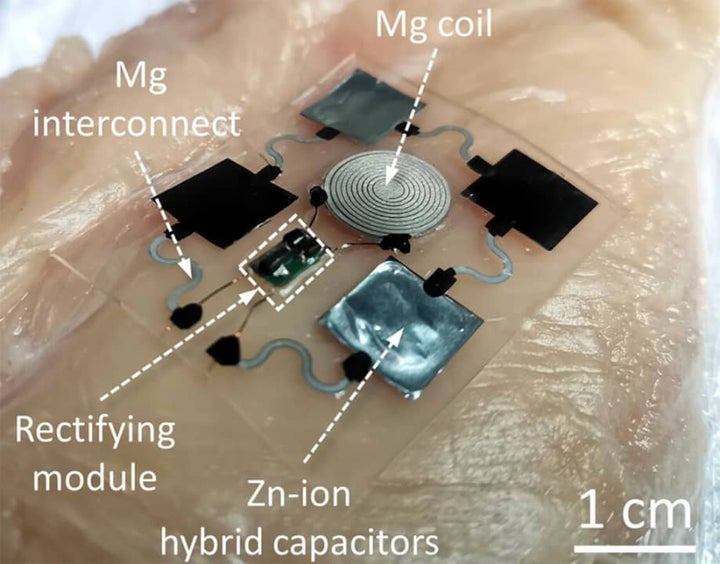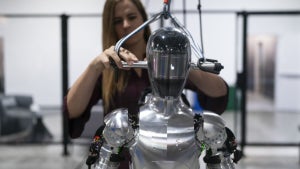News
The next portable charger you buy, you’ll have it within your own skin
A group of Chinese researchers has developed a biodegradable wireless charger that can be inserted into the skin.

- November 20, 2023
- Updated: March 7, 2024 at 7:09 PM

If we talk to you about wireless chargers, you’d probably think of the typical ones used to charge phones without cables. But can you imagine having one much smaller, actually within your own skin? Well, it’s not science fiction; it’s the result of research conducted by Chinese scientists who have created a biodegradable wireless charger that can safely remain in human tissue.
As reported by the South China Morning Post, this wireless power device consists of a magnesium coil that charges the device when an external transmitting coil is placed on the skin, over the implant.
The energy received by the magnesium coil passes through a circuit before entering an energy storage module, formed by hybrid zinc ion supercapacitors, which store the energy as electrical energy, unlike batteries that store it as chemical energy.
In the study, researchers from Lanzhou University tested the charger on a group of rats, demonstrating its effective functionality up to 10 days after implantation. Furthermore, it completely dissolves within two months without causing any harm to the recipient whatsoever.

According to the study’s authors, published in the journal Science Advances, the charger could have multiple applications in the field of medicine and health. They highlight drug delivery systems, which could be integrated into different tissues and organs of the body, playing a vital role in localized and on-demand drug administration and therapy.
However, the charger still has some limitations that need to be addressed before commercial use. The researchers noted the issue of turning the device on and off, as it only stopped when it ran out of energy. They mentioned that controlled activation of the charge could manage the duration of on and off states.
Despite this challenge, the paper asserts that the prototype “represents an important step forward in advancing a broad range of transient implantable bioelectronic devices, with their potential to provide efficient and reliable energy solutions.”
Publicist and audiovisual producer in love with social networks. I spend more time thinking about which videogames I will play than playing them.
Latest from Pedro Domínguez
You may also like

Elon Musk Claims Tesla Cybertruck Can Function as a Boat, Skepticism Follows
Read more

This game was released on the same day as Oblivion Remastered and has decided to be relaunched a week later
Read more

The United Kingdom relies more on AI in the legal field than the United States
Read more

The creator of Danganronpa has released a new game that he recommends you play after Clair Obscur: Expedition 33
Read more

Crusader Kings 3 receives an expansion about the kings of the steppe: the Mongols
Read more

Subscription services are not the future of video games according to a major analyst
Read more